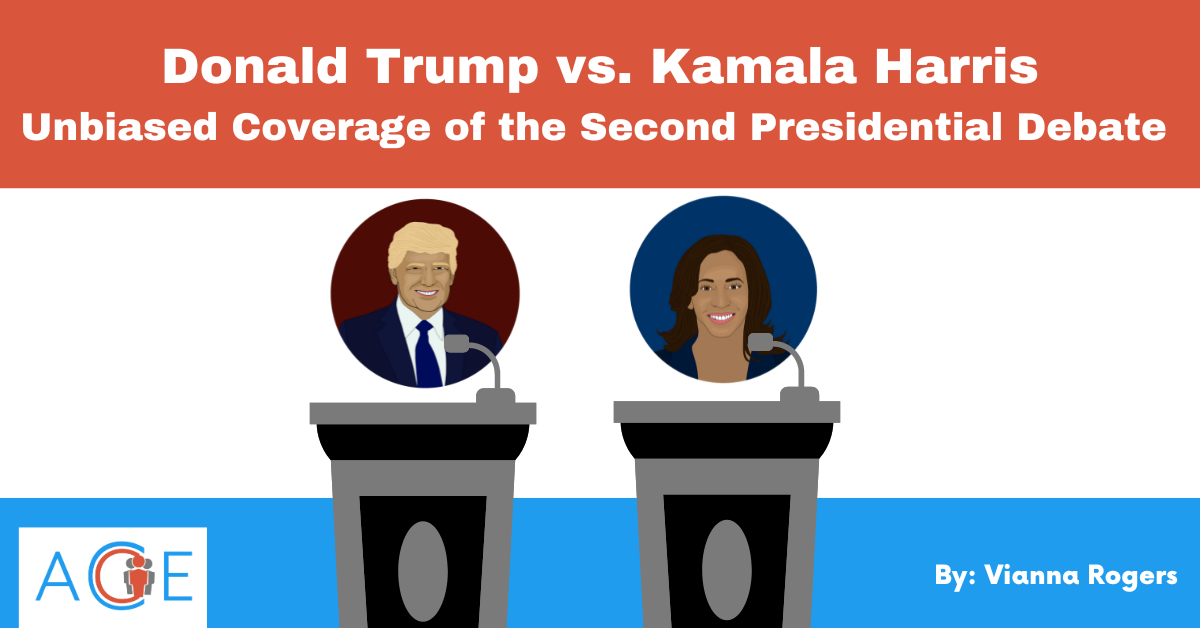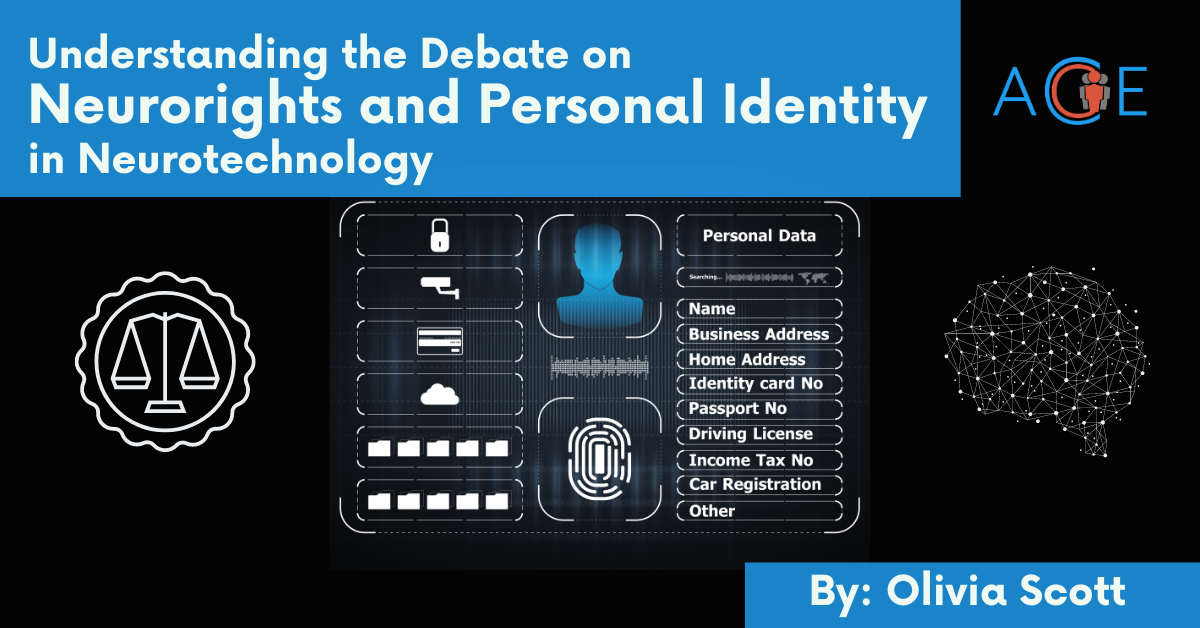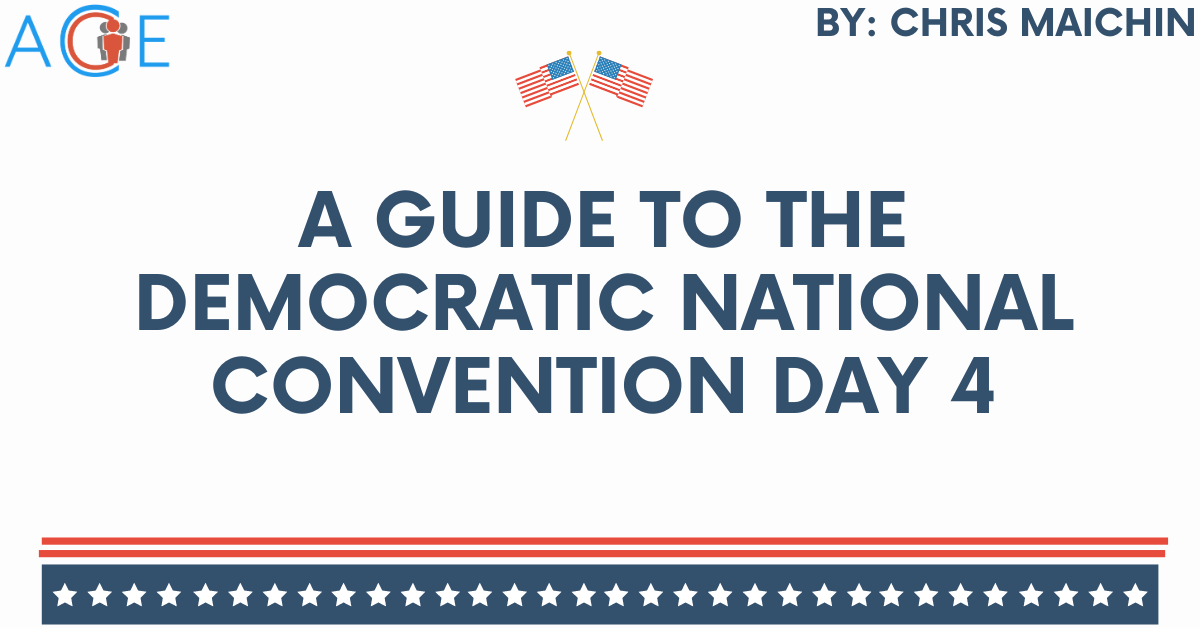Background
What is contraception?
Reproductive health access has been a consistent topic in American politics since the Supreme Court’s recent Dobbs v. Jackson decision, which overturned the constitutional right to an abortion established in Roe v. Wade. One aspect of this debate is the right to contraception, which was first affirmed through Griswold v. Connecticut in 1965. The landmark case concluded that states cannot make contraception illegal. However, the contraception regulation debate is complicated due to disagreements over what constitutes abortion in post-Dobbs America. In fact, Justice Clarence Thomas wrote in his Dobbs opinion that SCOTUS “should reconsider” other cases decided by the same clause as the overturned Roe v. Wade, including Griswold v. Connecticut.
Contraception is defined by the medical and scientific community as the intentional prevention of pregnancy through the use of devices, drugs, sexual methods, and surgical procedures. Contraception is also referred to as birth control and is different from abortifacients, which are substances that lead to abortion. The medical community defines pregnancy as a fertilized egg that is implanted into the uterus. By these definitions, abortion involves the detachment of a fertilized egg from the uterine wall to end a pregnancy, while contraception involves methods to prevent pregnancy (the attachment of a fertilized egg to the uterus).
Introduction to Contraceptive Access Debate
In response to increased debates on reproductive healthcare access since the Dobbs decision, the Biden-Harris administration passed an executive order to “strengthen contraceptive access.” The order builds on the existing contraception mandate of the Affordable Care Act, which guarantees that health insurance plans must cover contraceptive methods and counseling. In addition, the Department of Health and Human Services’ Title X program provides grants to health clinics for affordable and confidential birth control access.
Still, some state laws and policy recommendations blur the line between birth control methods and abortions, with some categorizing birth control as abortifacients. For example, Missouri defines abortion as the intentional termination of a pregnancy. However, because the ban does not define pregnancy, the law could be interpreted as a ban on anything that prevents the implantation of a fertilized egg into the uterine lining, including emergency contraceptives. As a result, a health system in Missouri initially stopped providing the emergency contraceptive Plan B after the state outlawed abortion. According to health tracking polls, 73% of Americans incorrectly believed emergency contraceptives like Plan B were abortifacients. Since these varied interpretations of birth control in post-Dobbs America have opened the door for states to restrict access to birth control, some believe that the right to contraceptives should be codified in federal law. In May 2024, Congress introduced the Right to Contraception Act to solidify a national right to contraceptive access and standardize definitions of birth control, abortifacients, and pregnancy. While the act did not pass through Congress, the right to contraception remains a debated topic as the 2024 election approaches.
Arguments For Federally Codifying Contraception Access
Proponents of contraception access cite the public health benefits of readily available and accessible contraceptives. They stress that barrier methods of birth control like condoms are important in preventing the spread of STDs. Proponents also point to evidence that increased availability of contraceptives is linked to lower rates of HIV transmission, better maternal health, and decreased pregnancies in children and older women who would otherwise experience health complications. In addition to public health benefits, some argue that birth control assists in public savings associated with the prevention of unintended pregnancies. According to the Guttmacher Institute, an estimated $7.7 billion of total net savings was attributed to public clinics providing birth control, with an estimated $4.83 in savings for every public dollar invested in contraceptive and family planning services.
Proponents also argue that access to contraceptives will reduce the need for women to seek abortions. One Washington University study explained that the majority of unplanned pregnancies in the US result from a lack of correct contraceptive use. It showed that birth control can reduce the rates at which people seek abortion by 68-72%. Moreover, seeing as unsafe abortions are one of the leading causes of maternal mortality, some argue that contraceptive access is crucial for safeguarding women’s health in a post-Dobbs world.
Other proponents of protecting contraception access point to precedent court cases that establish the right to contraception. In addition to Griswold v. Connecticut, Eisenstadt v. Baird (1972) expanded the right to contraception to unmarried individuals and Carey v. Population Services International (1977) ruled that minors have a constitutional right to contraception. Due to these precedent cases and aforementioned public health arguments, proponents believe that it is permissible to establish a national right to contraception via federal law.
Arguments Against Federally Codifying Contraception Access
Some opponents of federally codifying contraception access argue that doing so would encroach on states’ right to restrict abortion. As shown in national polls, many Americans define abortion as the prevention of a likely pregnancy, and therefore believe that emergency contraceptives are abortifacients. Many religious groups similarly believe that life begins at conception, and thus have moral concerns with emergency contraceptives. They argue that by introducing legislation like the Right to Contraception Act, which defines abortion more narrowly, Congress would encroach on states’ rights to regulate and restrict abortion as they define it. For example, some members of Congress opposed the Right to Contraception Act because they believed it would lead to abortion drugs such as mifepristone being available in all states.
Those who oppose a federal right to contraception also point to the religious right to refuse compliance with certain laws and mandates. In the 2014 SCOTUS case Burwell v. Hobby Lobby Stores, the court ruled that it was lawful for private employers with religious objections to deny health coverage for contraception, despite the Affordable Care Act contraception mandate. In 2017 and 2018, the Trump Administration further regulated contraceptive access by issuing refusal laws that allow employers and universities to deny insurance coverage of contraceptives on the basis of moral and religious objections. The Biden-Harris executive order on contraceptives in 2023 removed the moral exemption, but the religious exemption remains. Opponents to federally codifying the right to contraception argue that removing the religious exemption would limit freedom of religion for institutions founded on religious beliefs.
Conclusion
In summary, the debate over the right to contraception highlights deep divisions regarding the definition of abortion and concerns about states’ rights. As the 2024 election approaches, the future of contraceptive access in America remains uncertain, with ongoing discussions about its moral, legal, and public health implications.









